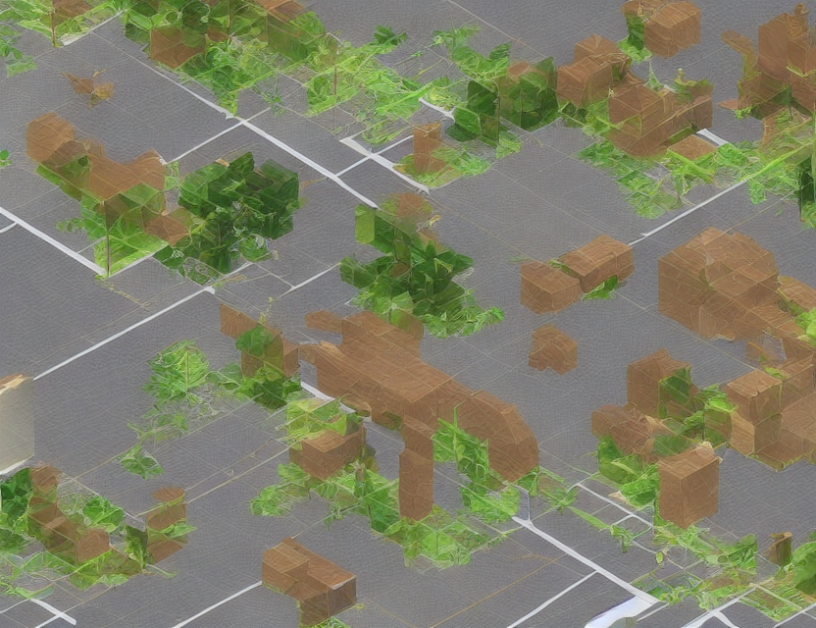Text-to-image synthesis is a rapidly growing field that combines natural language processing (NLP) and computer vision to generate images from textual descriptions. However, this task can be challenging when the given text does not provide enough information to generate an accurate image. To address this issue, researchers proposed semantic-aware data augmentation, which leverages additional open-source datasets to improve the tuning goal of generating Pokémon-style drawings.
The authors of this study used two datasets: one for training and the other for testing. The training dataset, Emoji 4, contains 7.56K samples with diverse attribute descriptions that do not specify the Pokémon. By using this dataset, the model can learn to generate images based on the given text without relying solely on the sentence "this is a Pokémon." The testing dataset, TOG (Graphics), includes 1K images of different objects, allowing the model to validate its performance and generate more accurate images.
To implement semantic-aware data augmentation, the researchers employed vector quantized diffusion (VQD) in their model. VQD is a technique that converts the input text into a probability distribution over latent vectors, which are then used to generate images. By incorporating Emoji 4 into the VQD process, the model can learn to generate images based on both the given text and the additional dataset.
The authors evaluated their approach using three metrics: Inception Score (IS), Frechet Inception Distance (FID), and Mean Opinion Score (MOS). The results showed that the semantic-aware data augmentation method significantly improved the performance of the model, as it was able to generate more accurate and diverse images.
In conclusion, this study demonstrates the effectiveness of semantic-aware data augmentation for text-to-image synthesis. By leveraging additional open-source datasets, the model can learn to generate more accurate and diverse images based on the given text. This approach has significant potential in various applications, such as image generation, object detection, and language translation.
Computer Science, Computer Vision and Pattern Recognition
Elegant Alternative to Prevent Semantic Mismatch in Text-to-Image Synthesis



